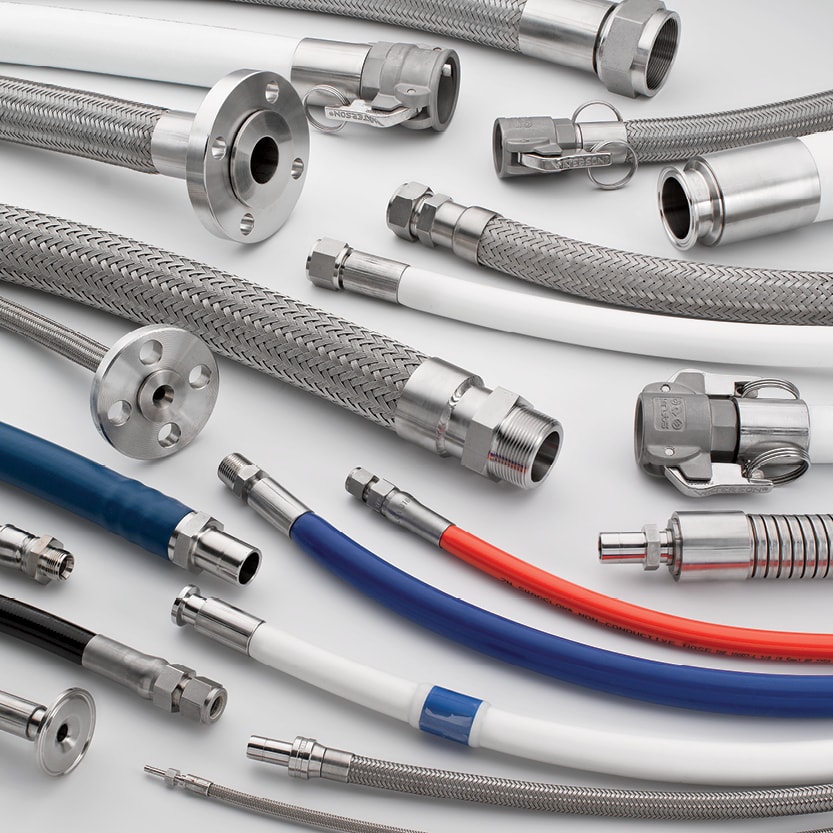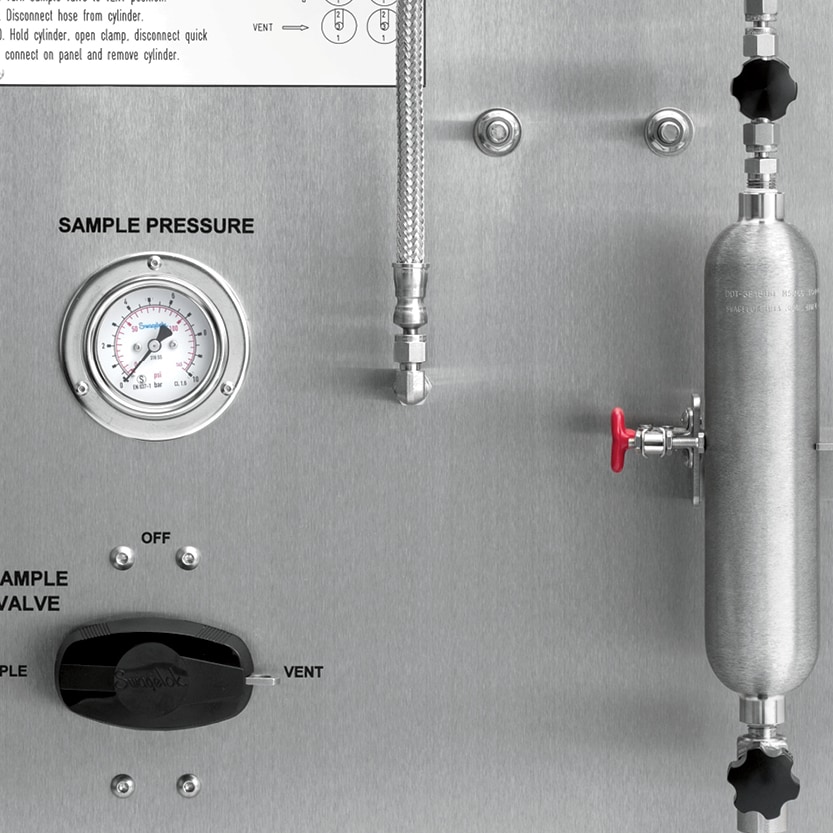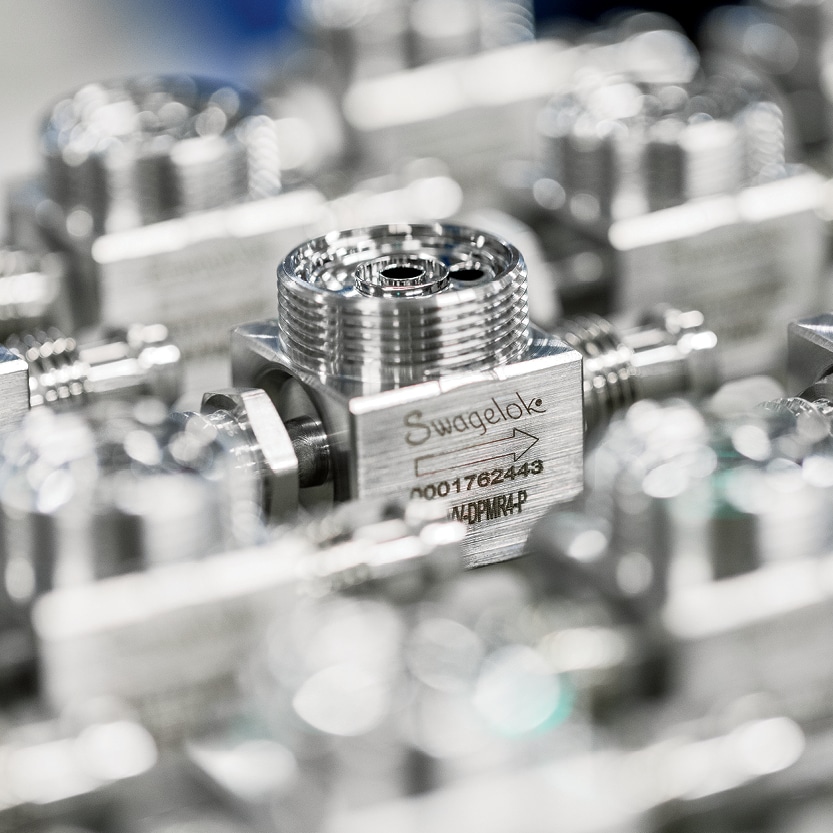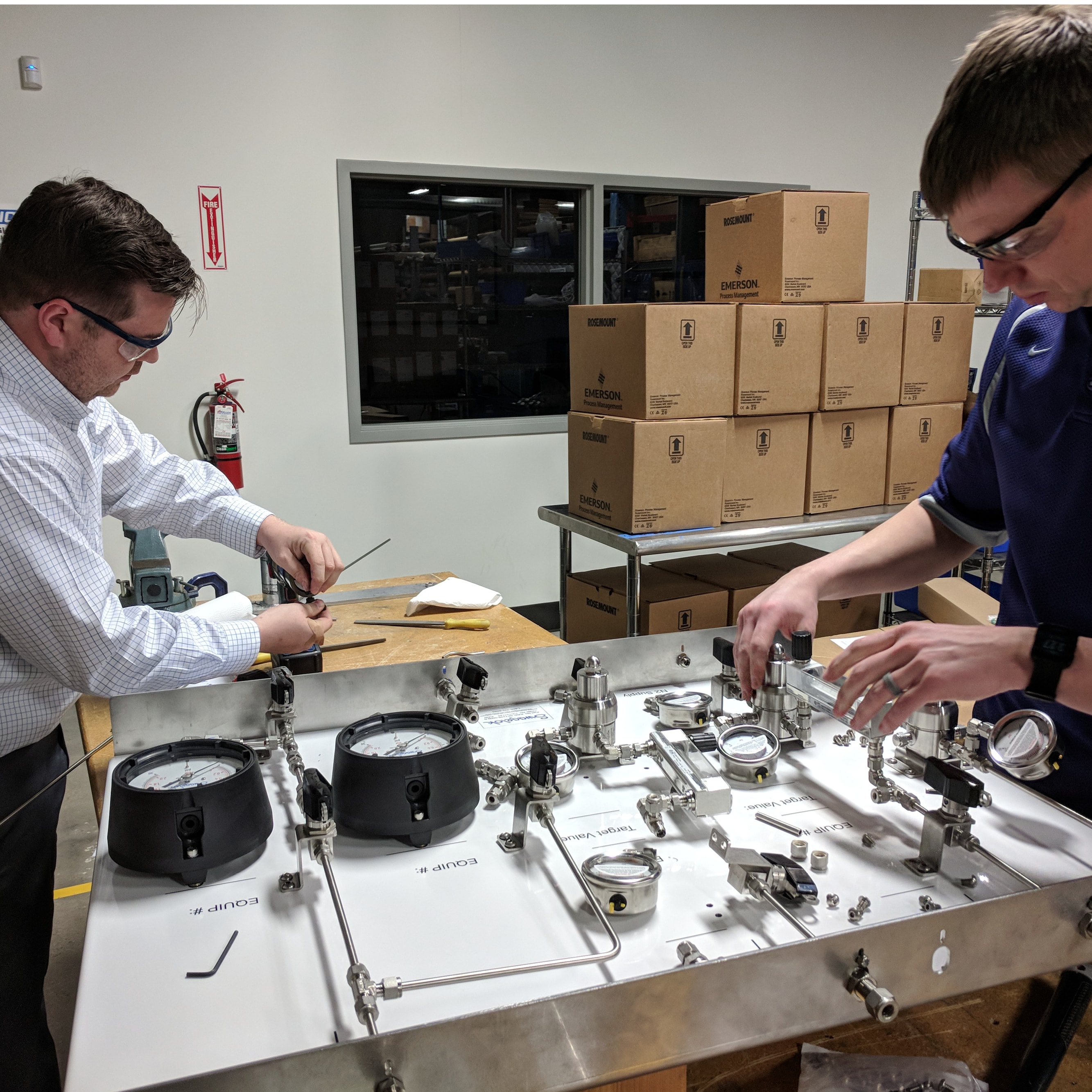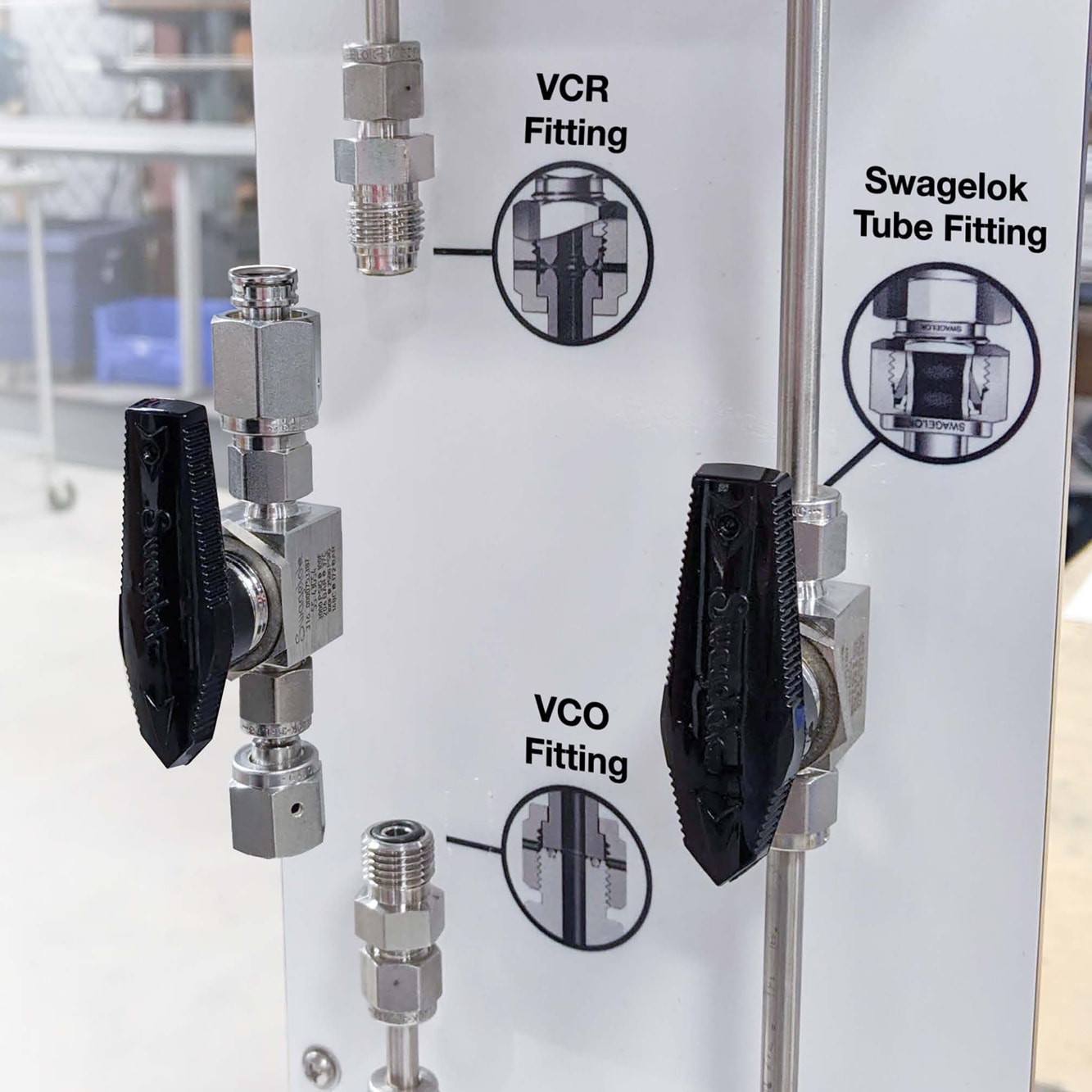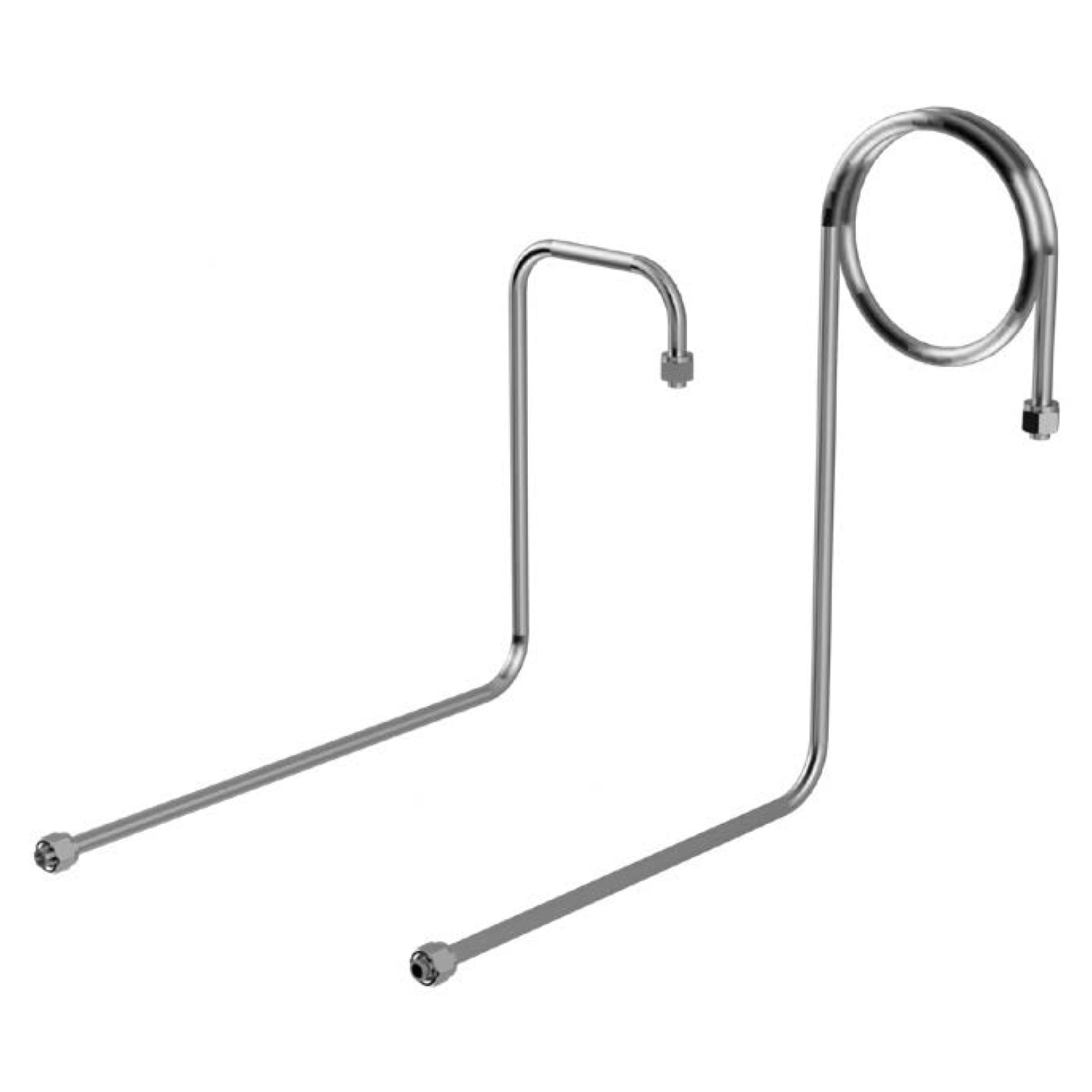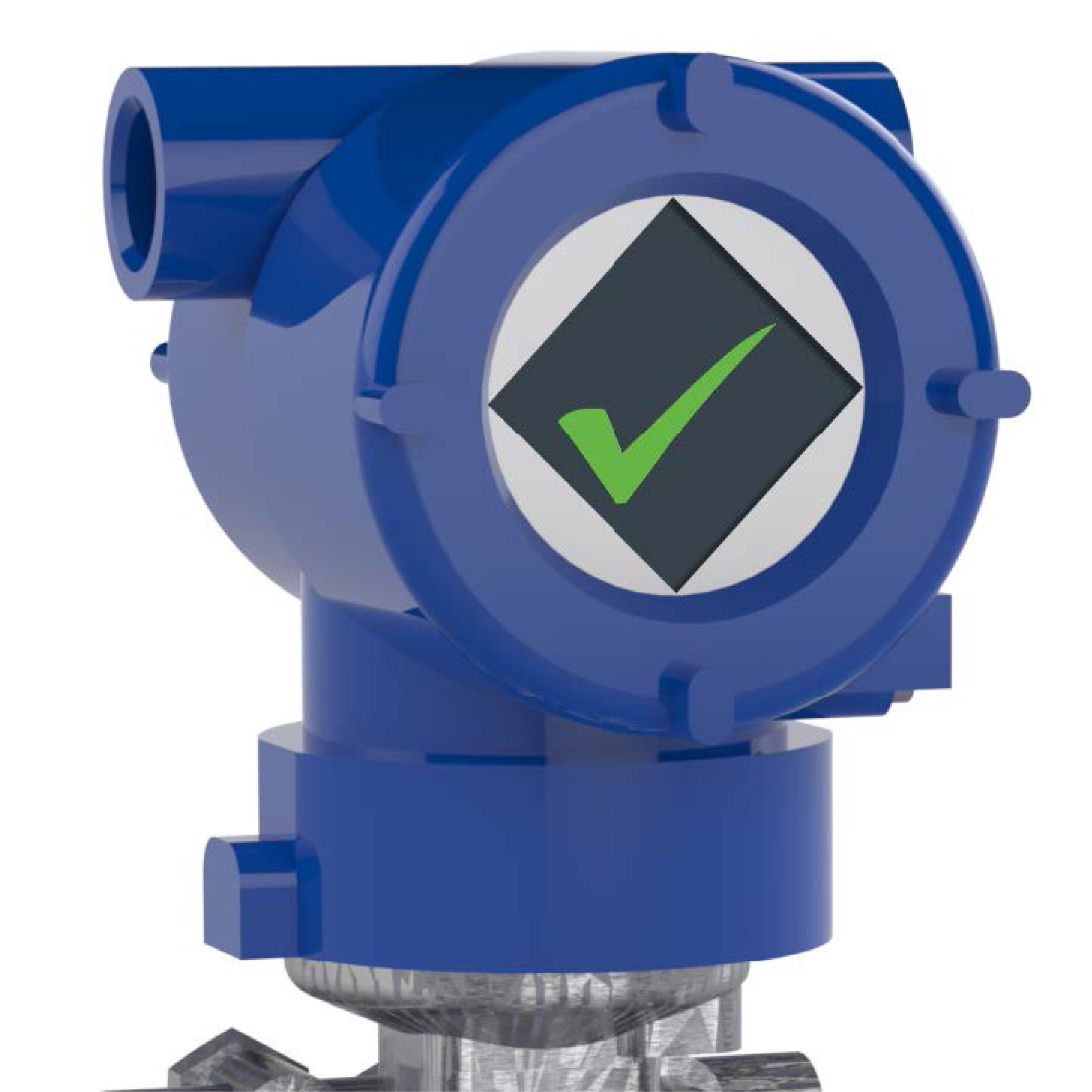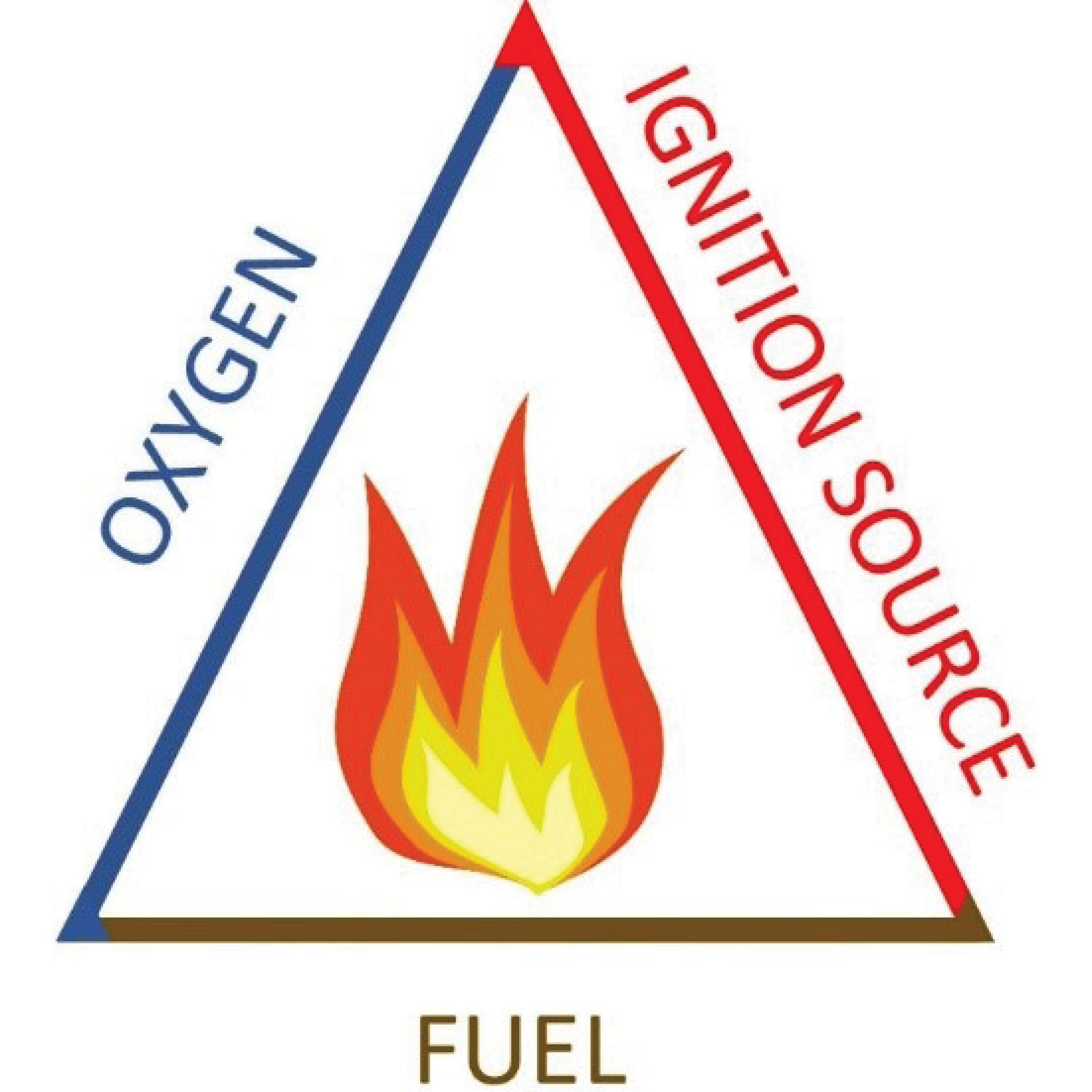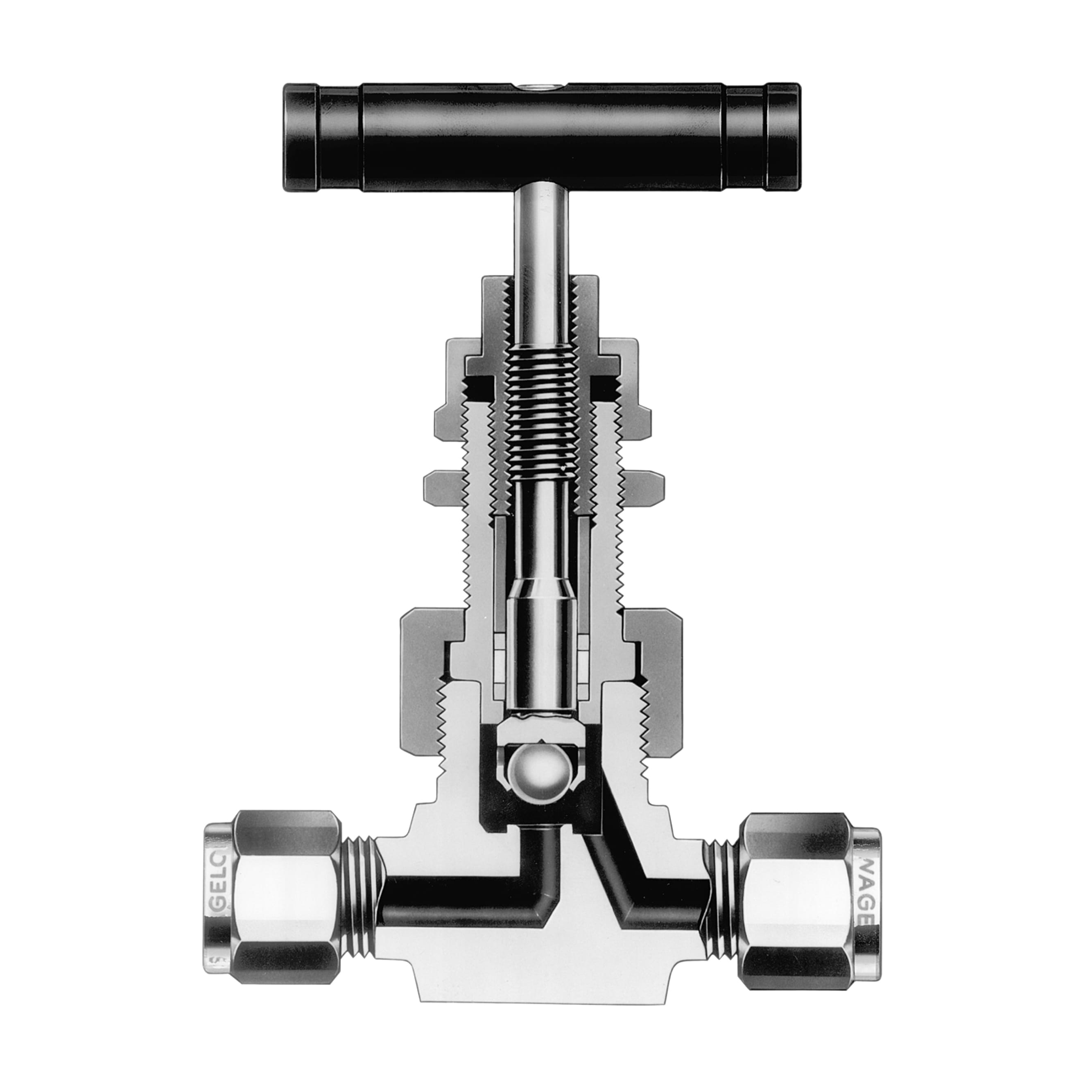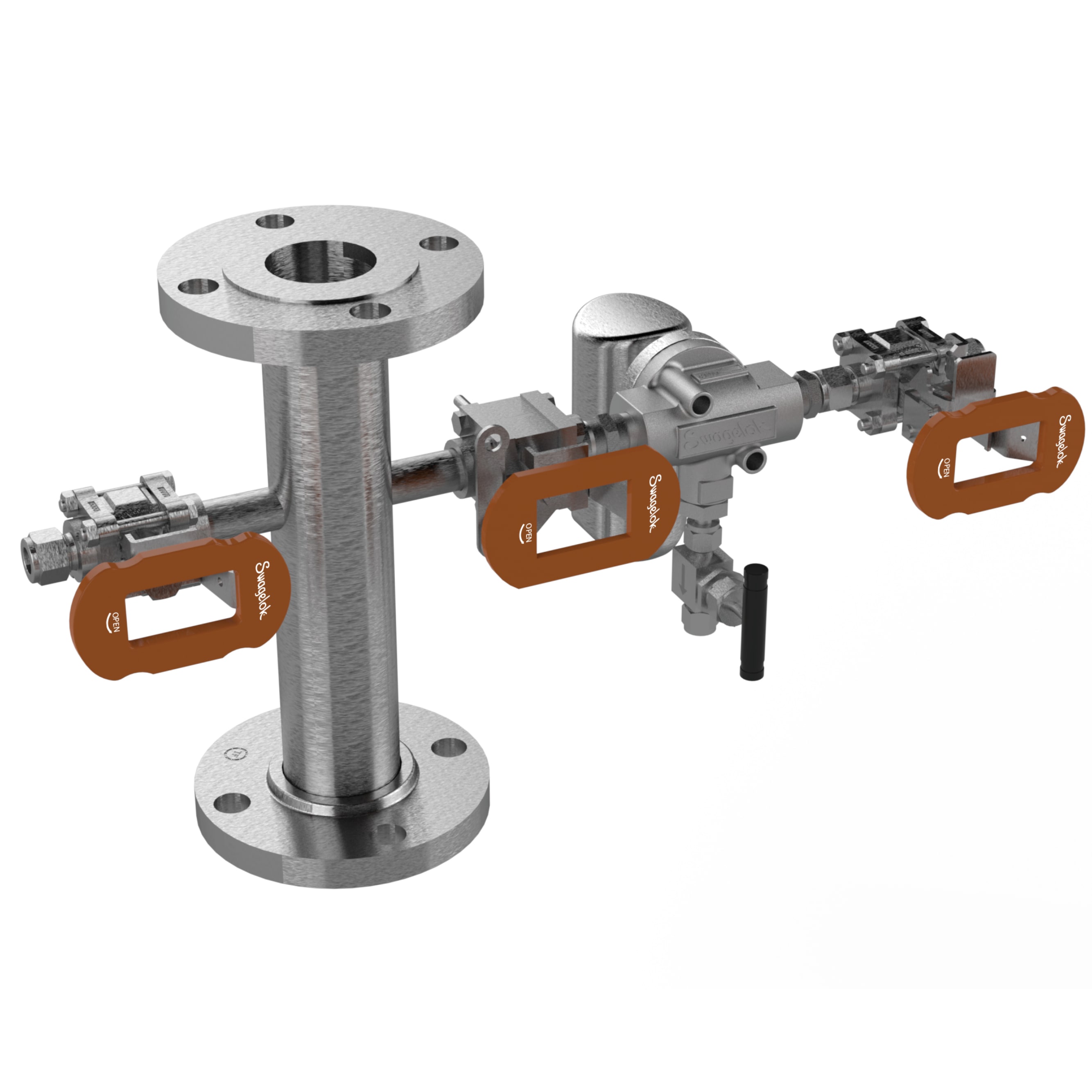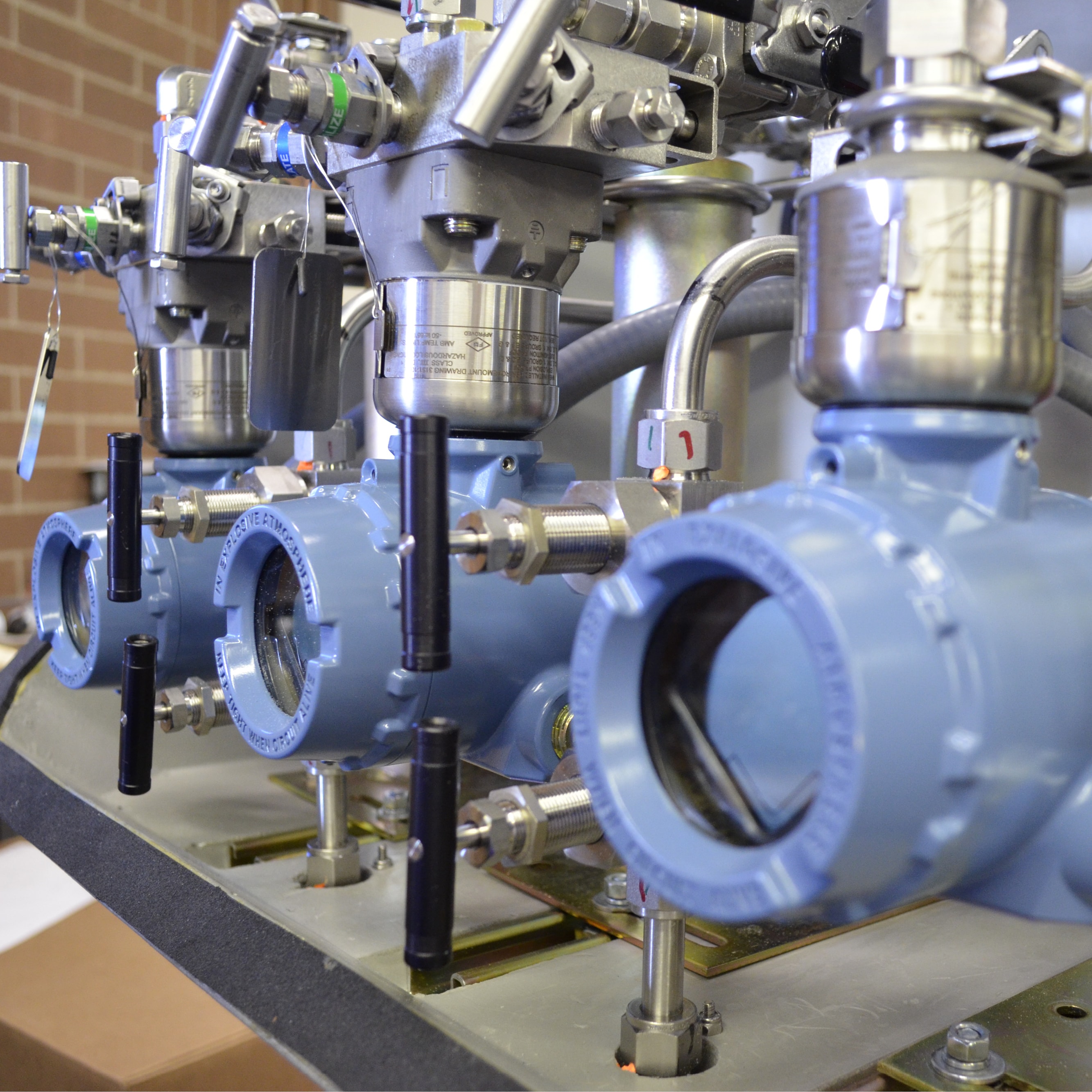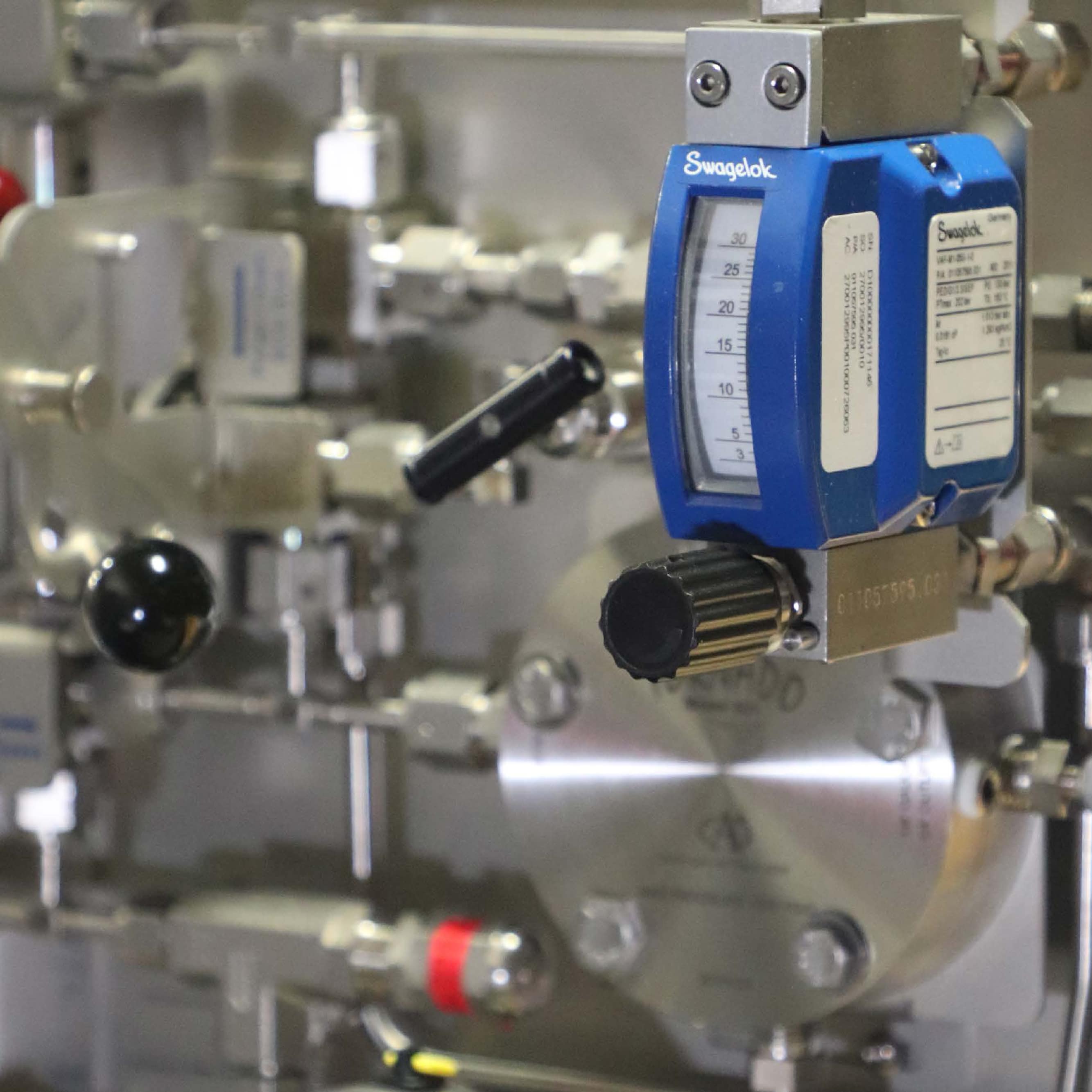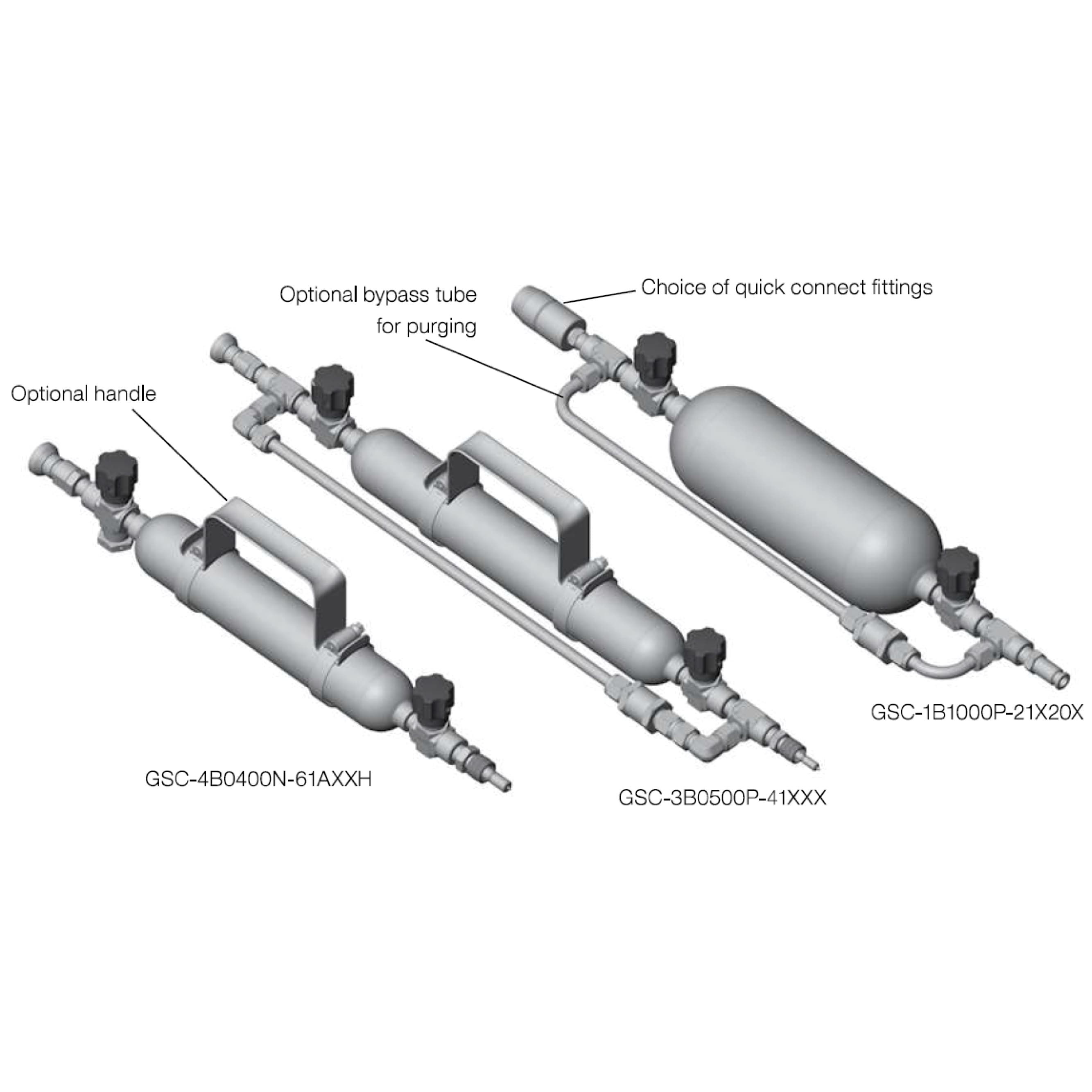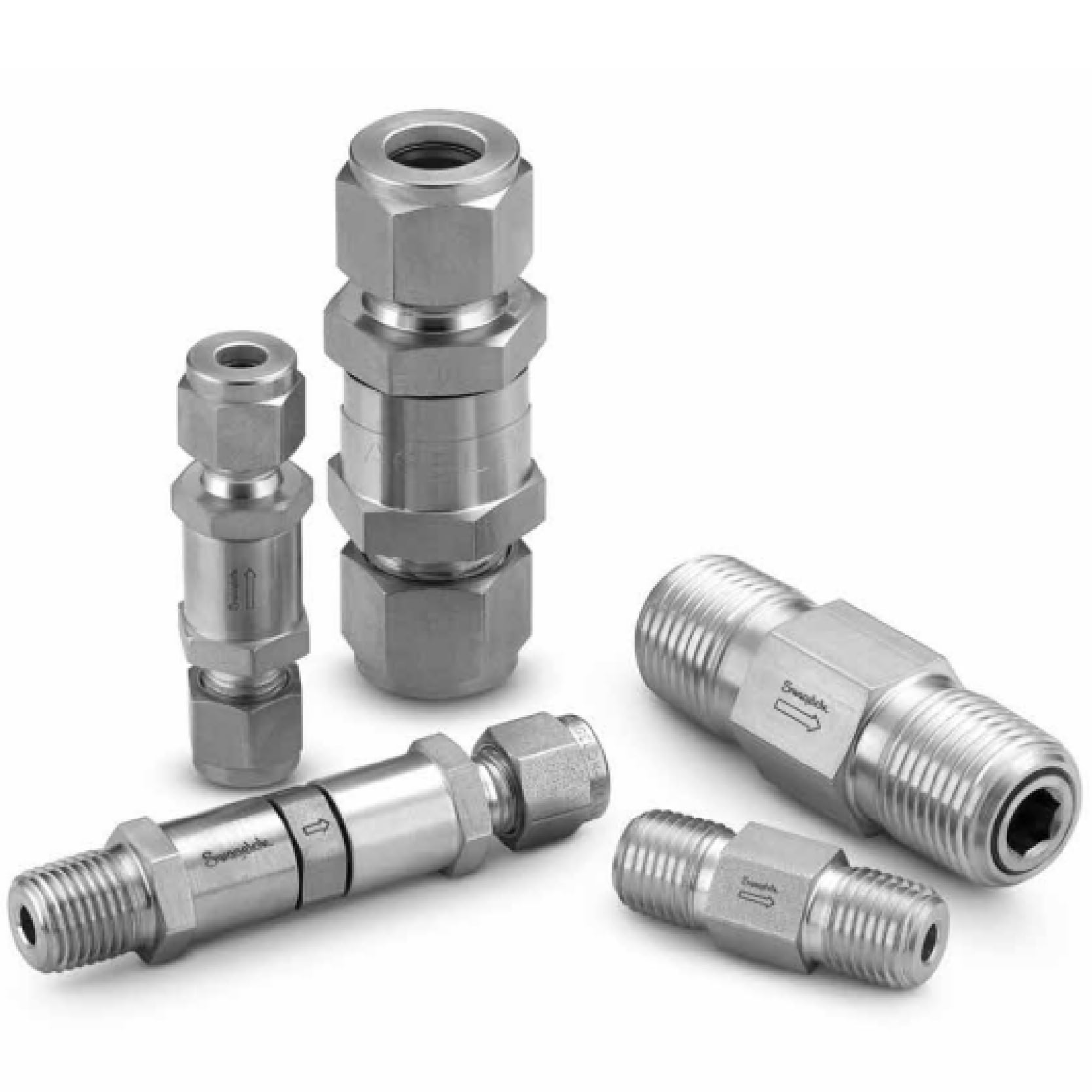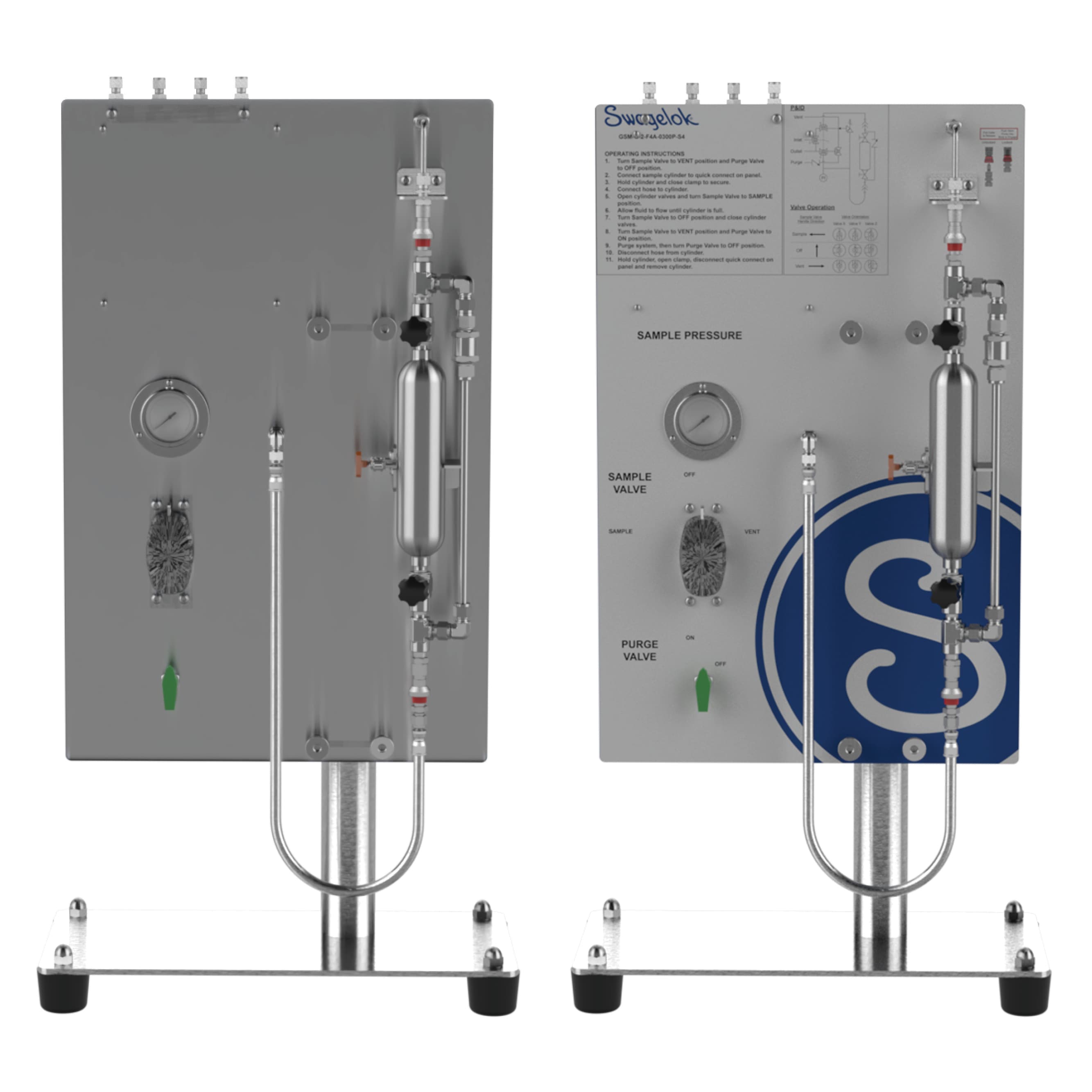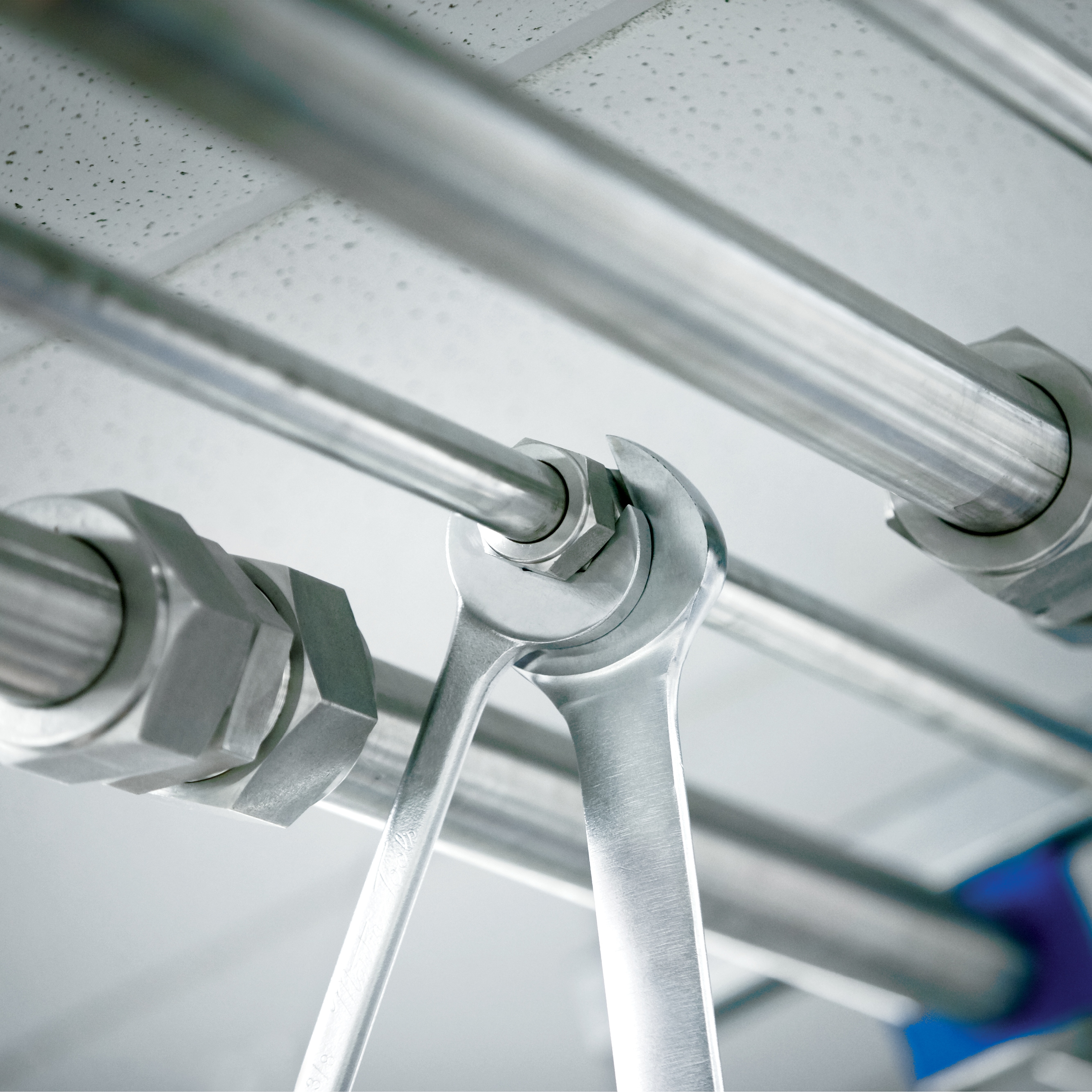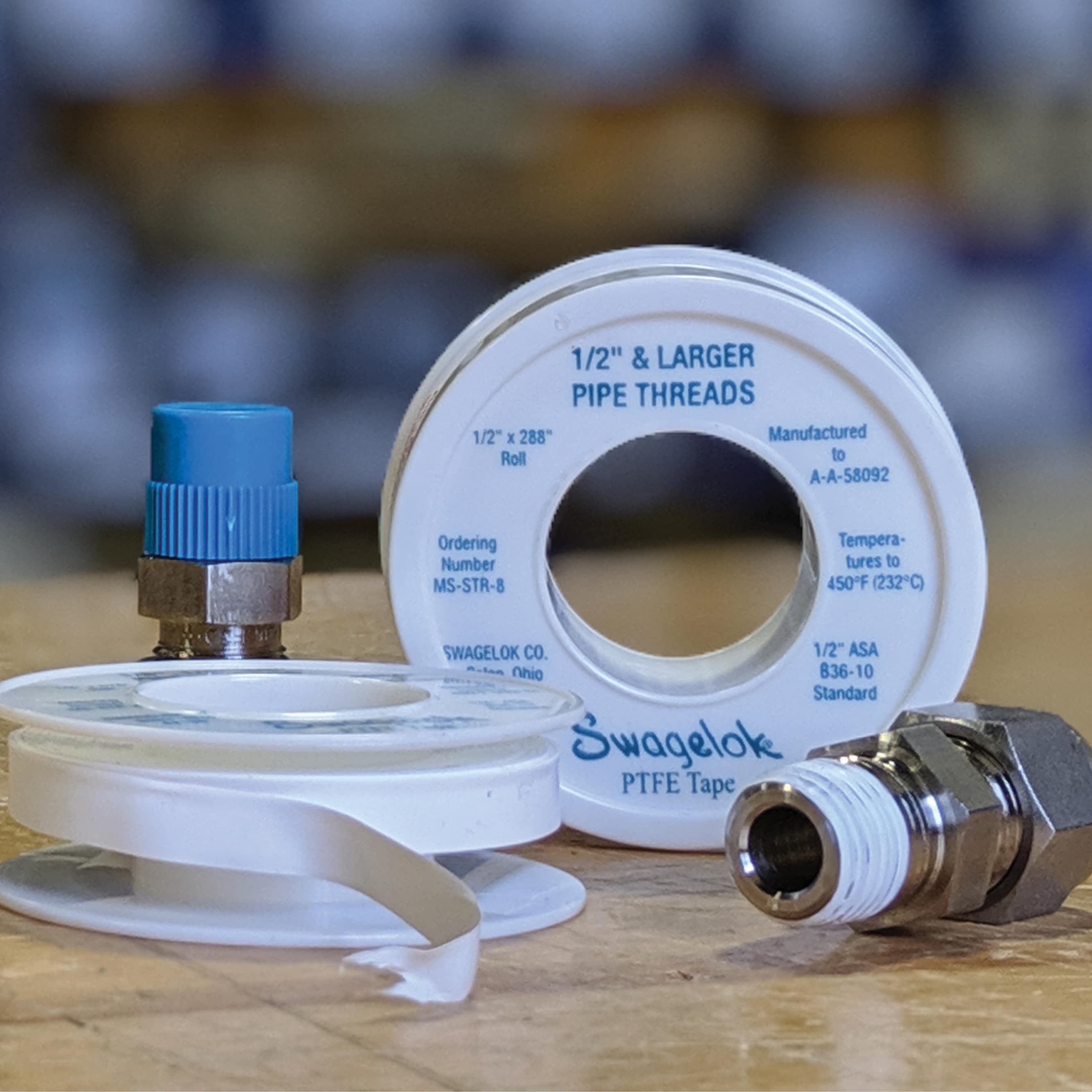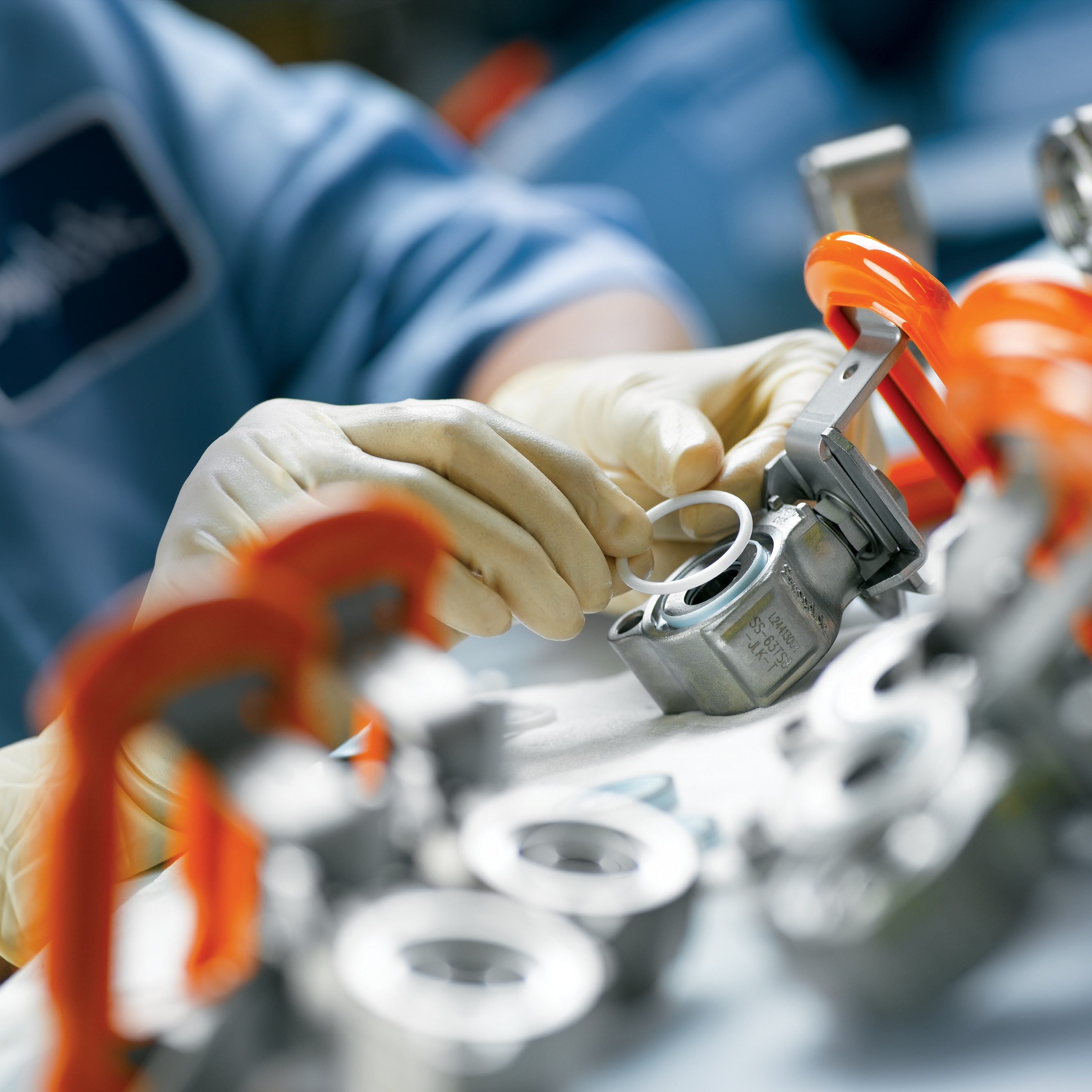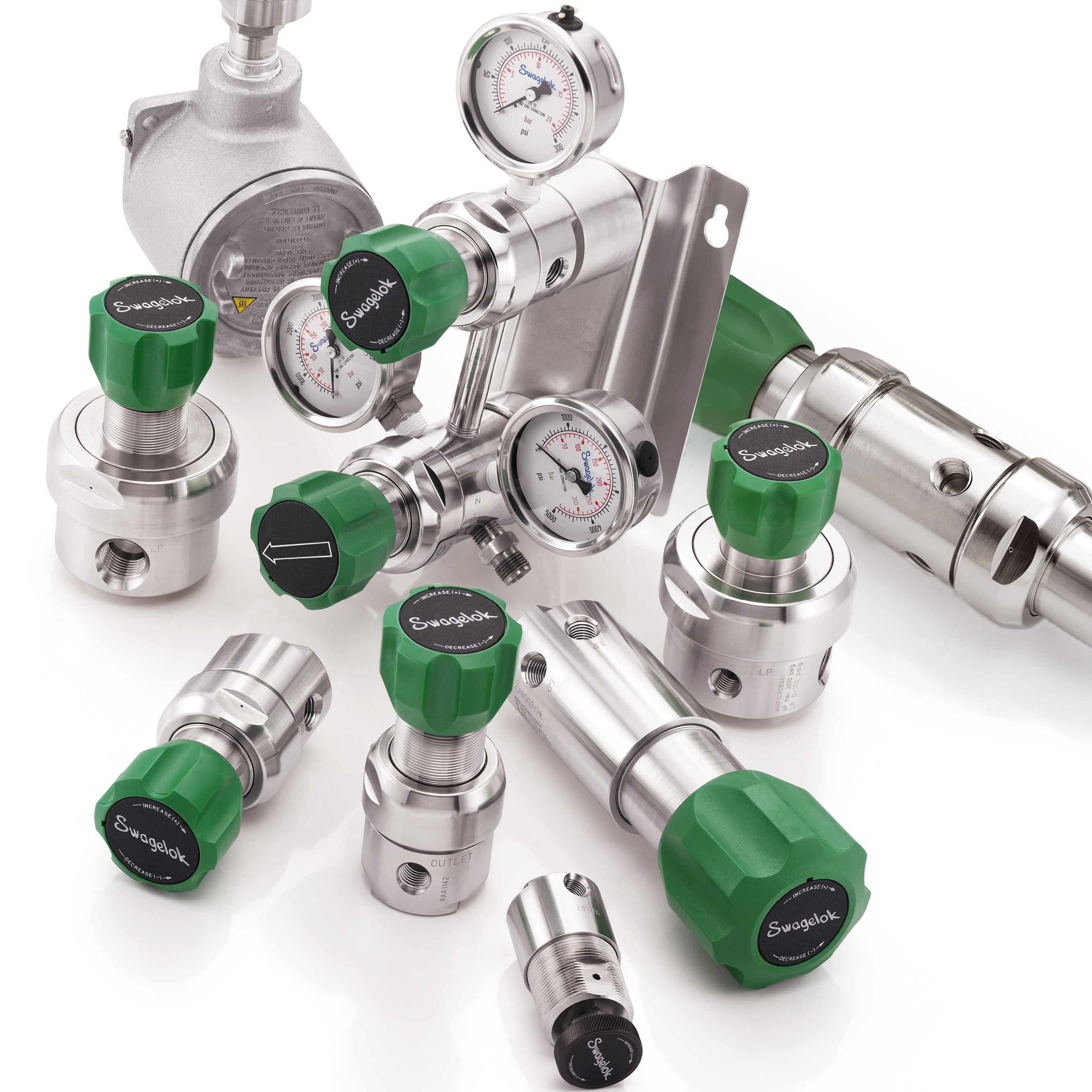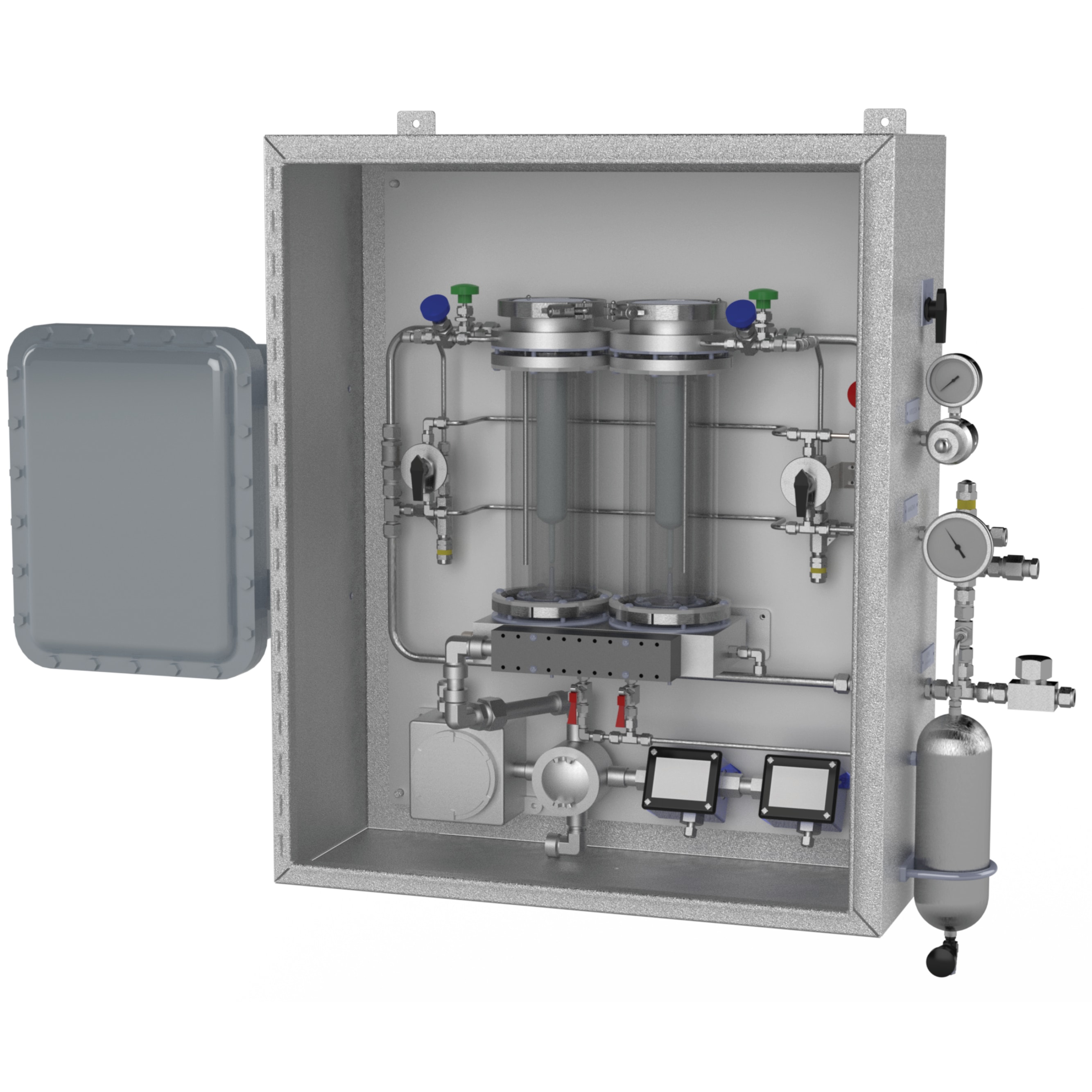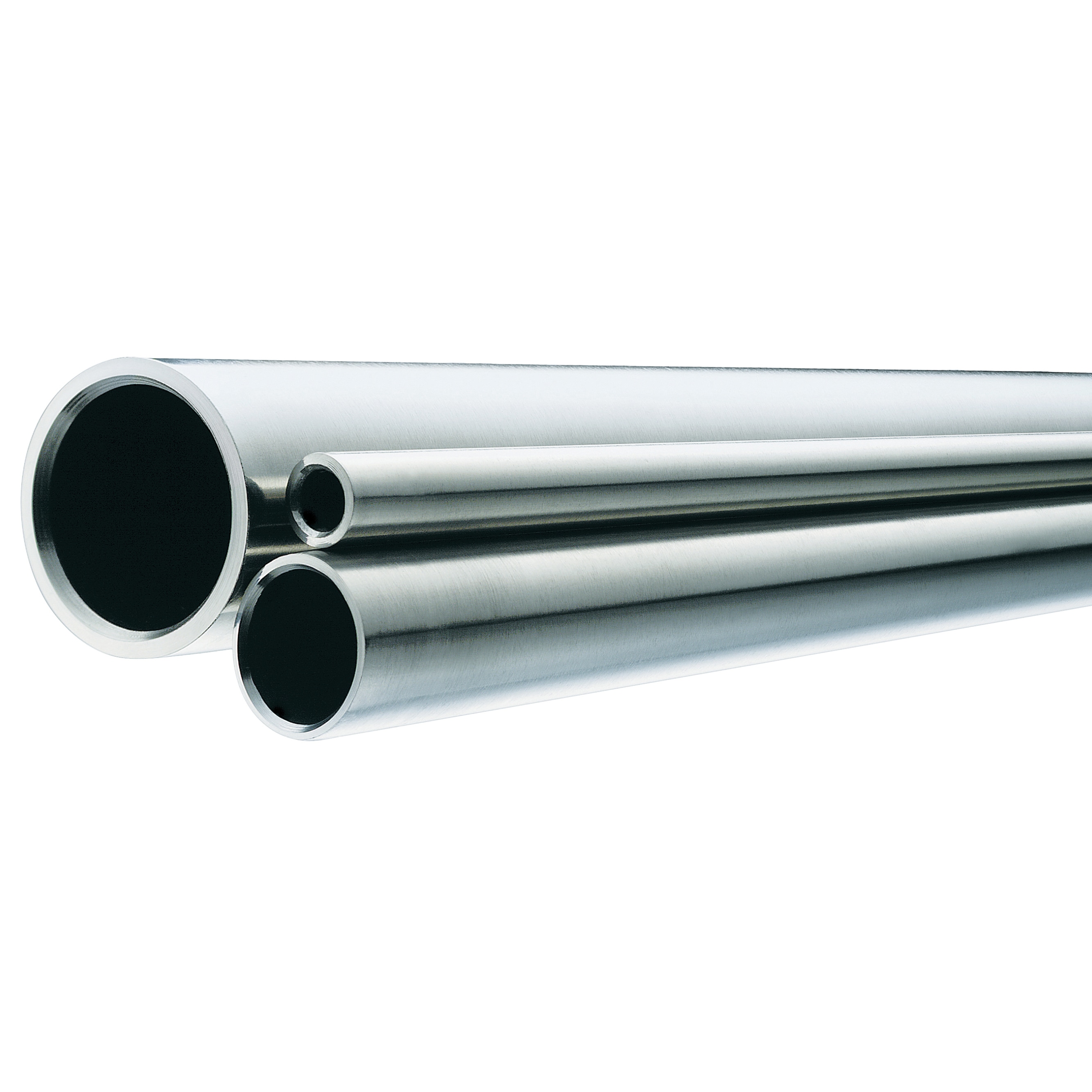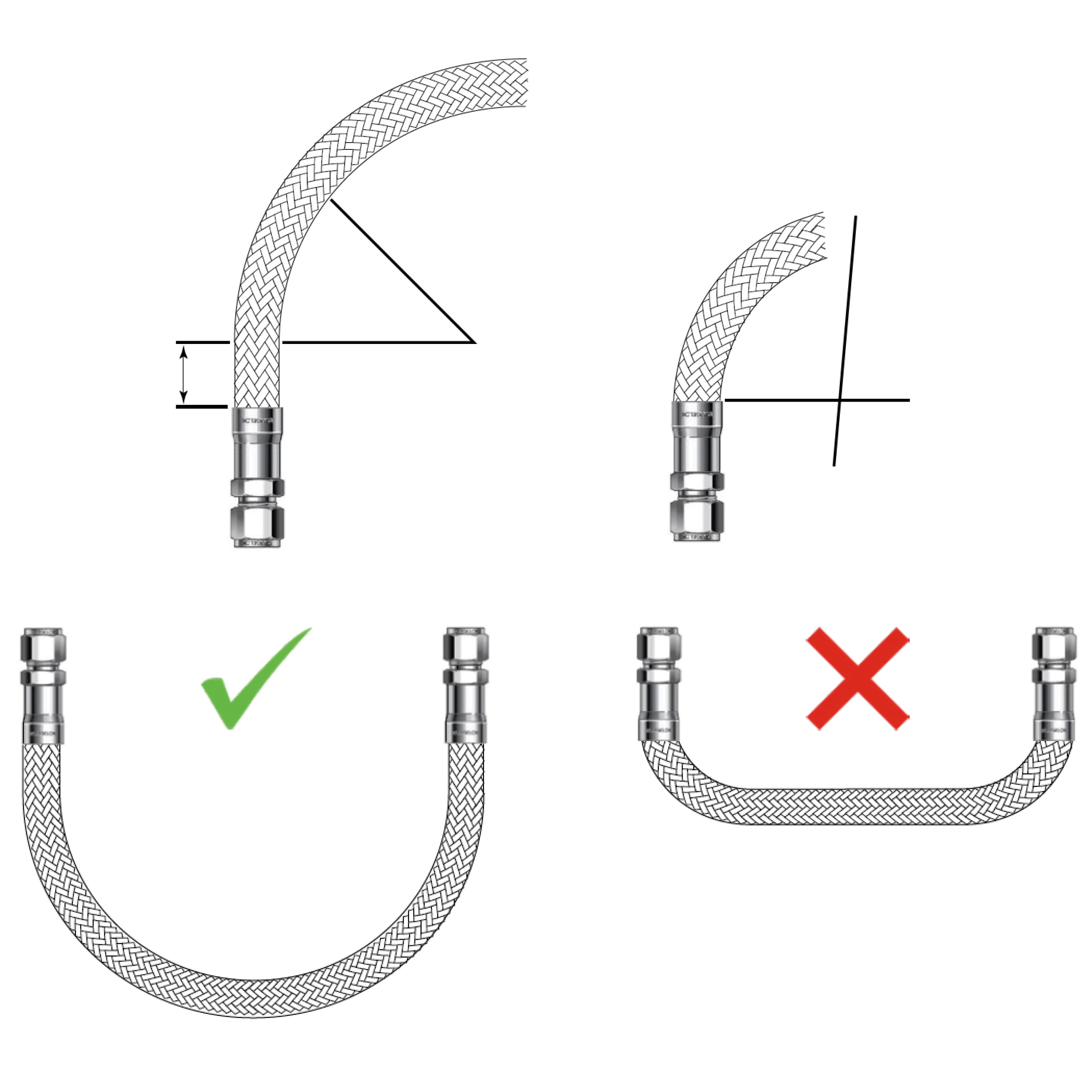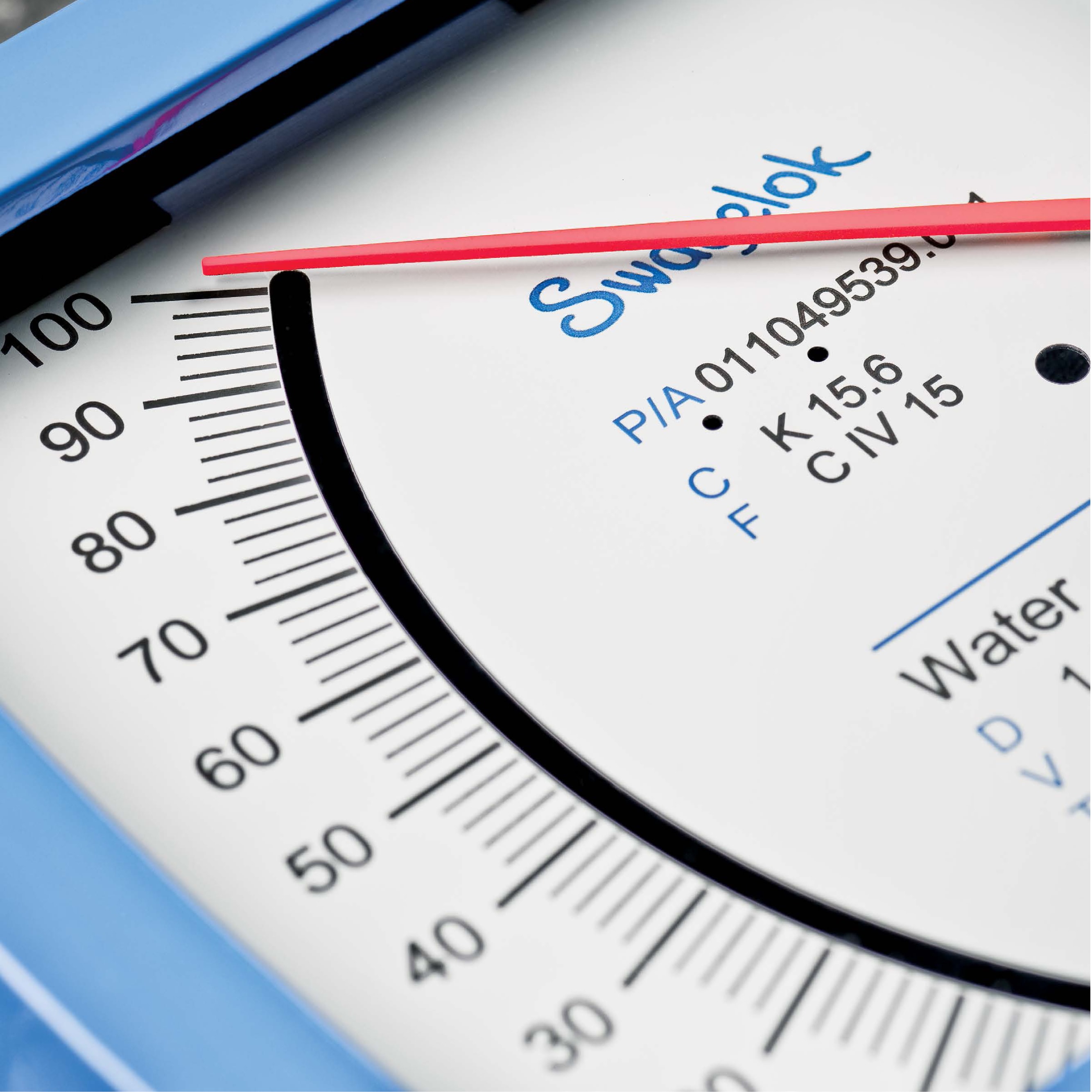Pressures - An Engineering Newsletter

Designed With You in Mind
In today's competitive business environment, we all feel the pressure of short-term demands of our jobs and the longer-term requirements of improving and evolving our business. At Swagelok Kansas City | Little Rock | Omaha | Quad Cities, we are no different.
Luckily for us, Swagelok has more than 70 years of expertise in manufacturing and designing instrumentation components and systems – so we are well versed in all manners of pressure. We've spent years walking alongside our clients, demonstrating our value, and solving problems that clients brought to us or that we identified as benefits to our clients.
Our engineering newsletter is a way for our organization to share our learnings and knowledge with a broader group of stakeholders. Inside these articles, you'll find articles aimed at helping you explore pressures you face every day. We want this to be a useful tool, so if you have questions or topics you'd like to see addressed in the future editions, we'd love to hear from you.
This document was prepared by Swagelok Kansas City | Little Rock | Omaha | Quad Cities. The information and recommendations are intended as general information only, are subject to change without notice, have not been verified by Swagelok Company, and do not contain or create any warranty or guarantee regarding accuracy or completeness. Users bear responsibility for determining the suitability of information, recommendations, and products for their own use and situations. Consult catalogs on www.swagelok.com for the most current information about Swagelok products and services.

